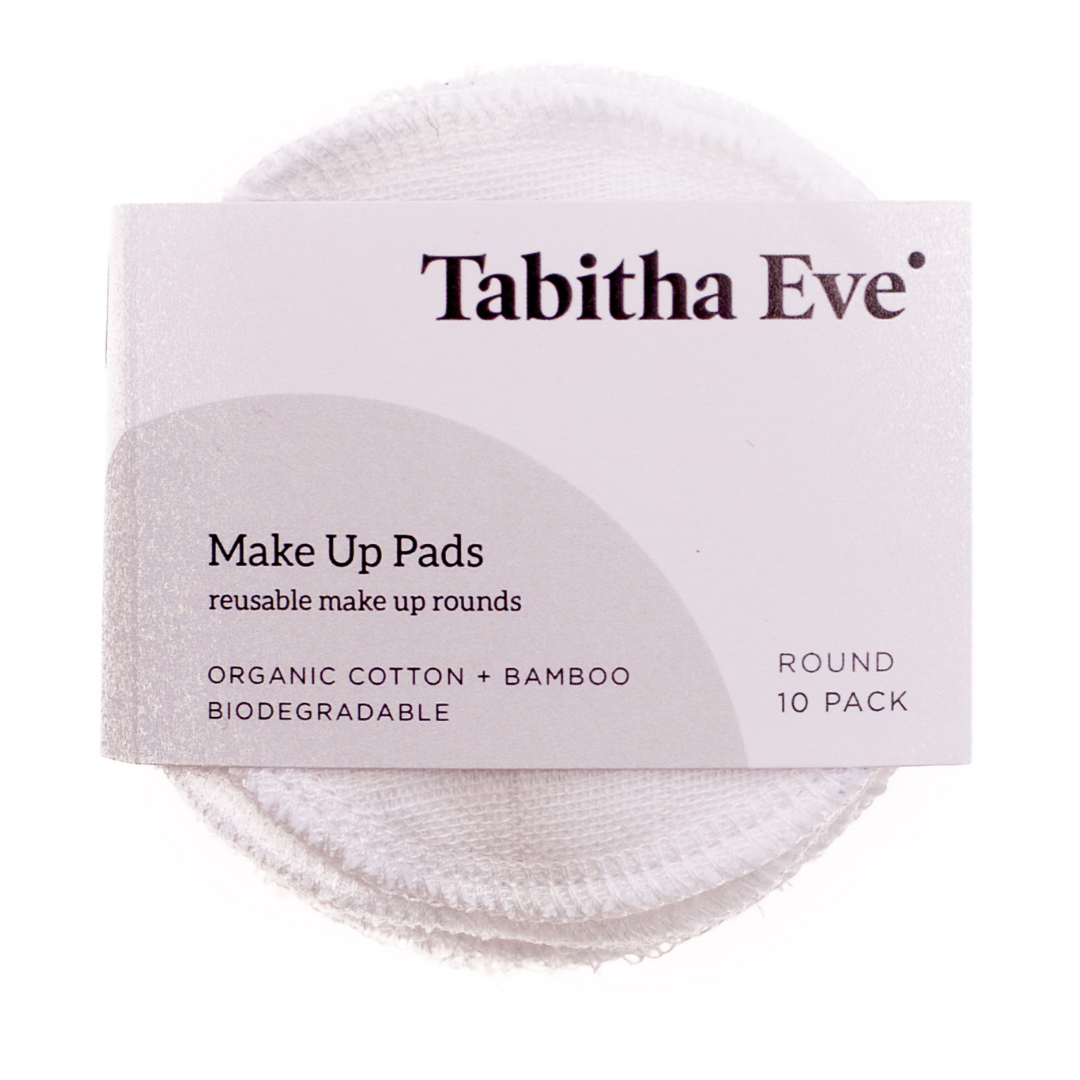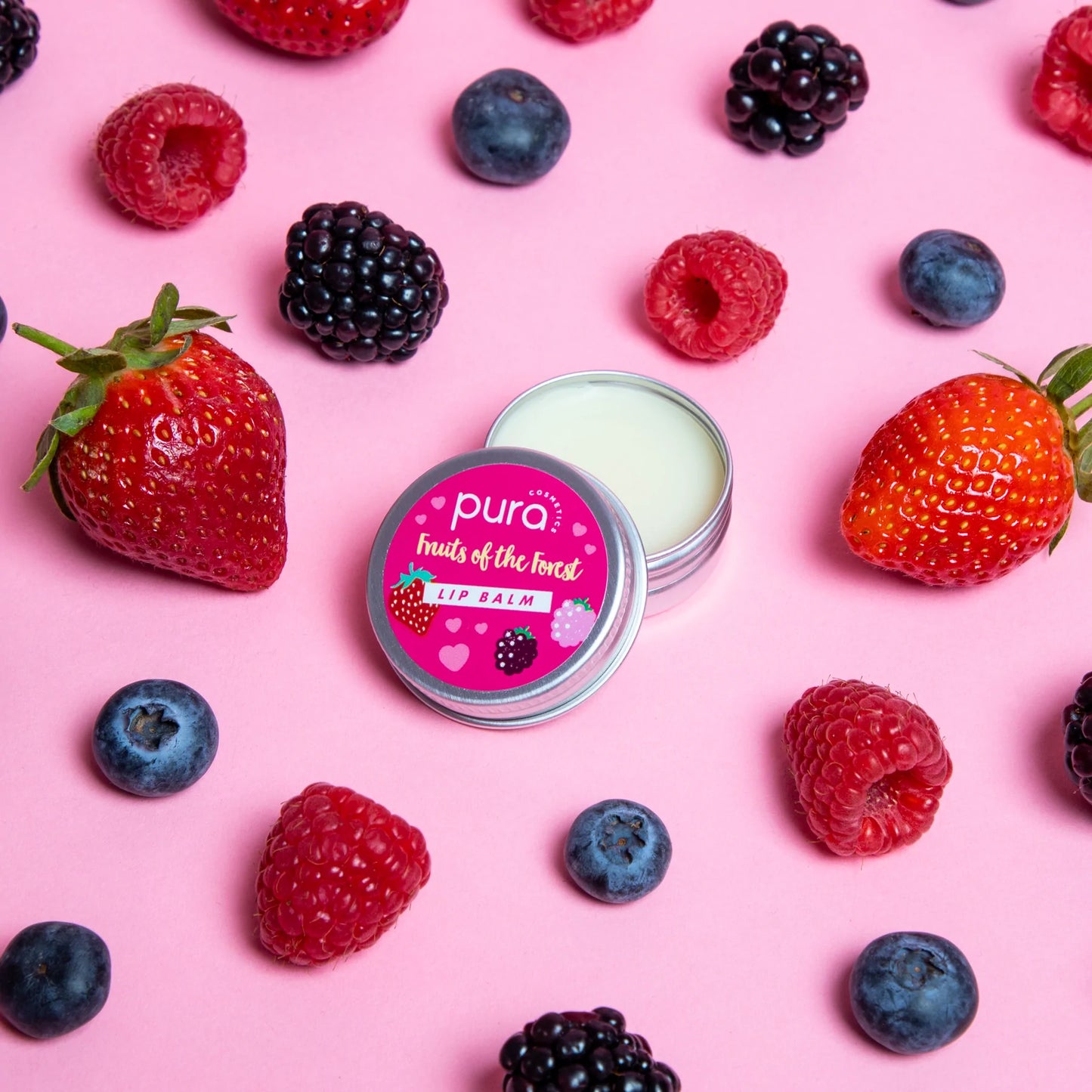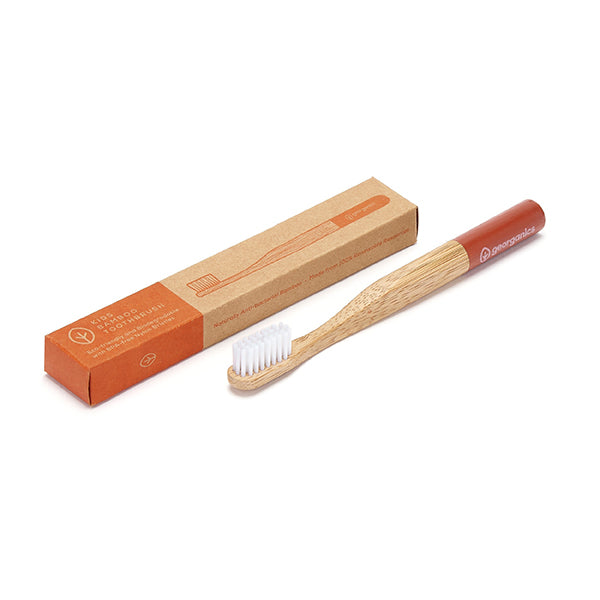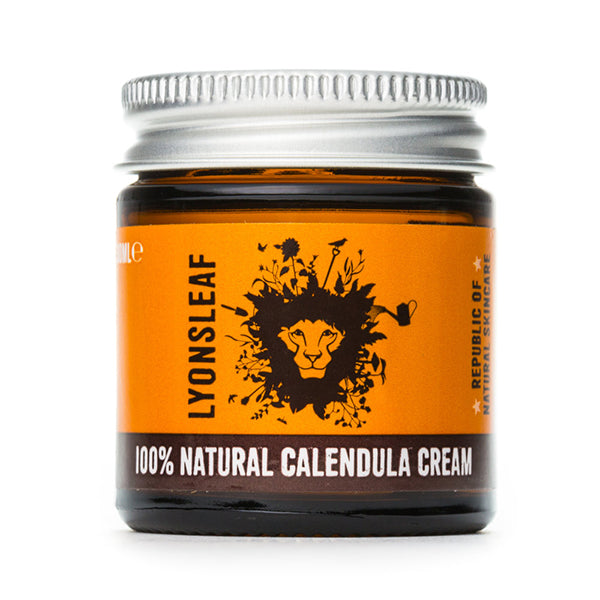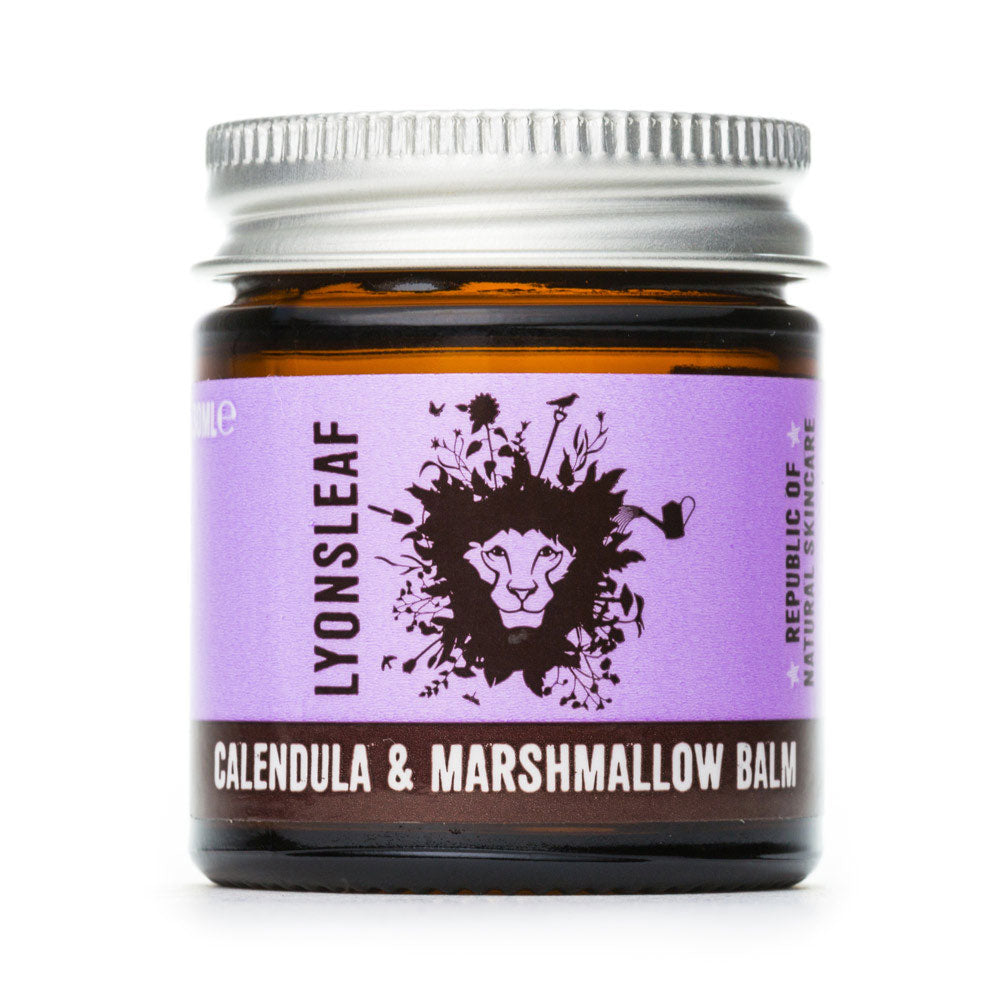
Over the last couple of decades, it has become more and more apparent that we are facing a global environmental emergency and climate crisis. Increasing sea levels, melting arctic ice caps, extreme weather and huge and sometimes unmanageable amounts of waste create fear and frustration in many of us. So, to combat this I imagine that you, just like me, try to do your part to make a change a little bit at a time to try and combat or at least reduce the potentially devastating consequences the world is facing. We look to do this in various ways like switching to a green energy company or switching to energy-efficient light bulbs, reducing or eliminating the amount of meat that we eat, taking public transport or by trying to recycle the waste that we produce wherever and whenever possible, especially plastic.
If you have ever had the chance to visit many of the beautiful coastal beach’s around the UK and Worldwide, experienced the sound of the sea washing in and out, the feel of the sand between your toes and the smell of the salty air only to have the scenery broken by specs of various colours of plastic. It can often be upsetting to see a beautiful place spoilt by something unnatural and it can be even more upsetting when you see the larger impact those specs of plastic are having. All over social media and in the news, you can see photos of wildlife being harmed by what we throw away and what we class a disposable. I am sure you will have seen the photos of turtles and fish caught in nets or a whale that’s has passed away due to plastic in its stomach and thought to yourself, surely this shouldn’t be happening? So, what is it that we can do to help prevent this from getting worse and is it something that we can avoid? Just what does it take to recycle plastic or is it something we should not use entirely? Well hopefully this will help, I don’t have all the answers but it might just be a good place to start.









